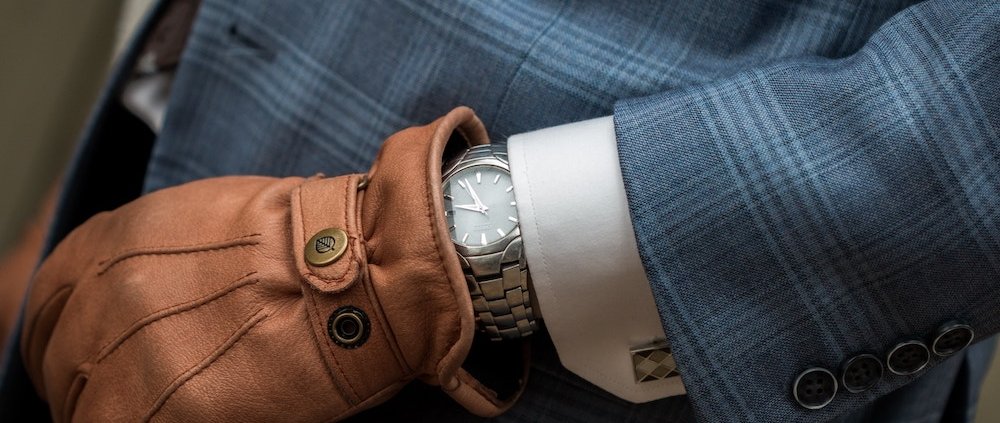Gloves: The Finishing Touch of Elegance
For over 23,000 years, gloves have been a small yet powerful fashion accessory. In the fashion world, gloves hold a huge significance. In fact, a piece that has so much history and culture in it. Gloves have been made since ancient times. Over the course of history, gloves have served both utilitarian and decorative purpose.
Although in the recent times, gloves mean winter warmness. However, they signified other things before. They have been a symbol of power and status. Gloves were typically made of local deer, sheep, or imported kidskins. Eventually, they are made from silk, cotton, wool, linen, or leather.
Ranging from the incriminating glove in The History of Herodotus to the discriminating gloves featured on the catwalks of today! Krown Kouture gives you a sneak peek into the past, present and different roles of gloves.
The Past
To start with, the usage of gloves dates back to ancient times. Moreover, early cave paintings depict people wearing leather gloves. Also, gloves being recovered in the remains of ancient Egyptian tombs signify a lot. Not to mention the Greek and Roman civilizations as well. Knights and military officials wore protective hand coverings made out of linked iron.
Furthermore, clergy wore gloves while performing the ceremonies. And then the entire Europe picked up the glove trend in the 11th century. And when talking about Europe, comes the Victorian era. An era where women included gloves as part of their dress.
Uniquely, during the 17th century, the use of gloves was only for the high social classes. Owing to this, gloves served as gifts and even methods of payment.
The Different Roles
During the ancient times, gloves came to be out of a need for protection. Greek and Roman people wore gloves for protection in war and agricultural work. However, with time, gloves became a symbol of social status and power.
Traditionally, the clergy displayed the power of the church. During the 17th century, there was fashion and status-driven motivations for gloves. The gloves displayed wealth and superior rank.
Additionally, women wore gloves to protect their hands from getting dirty. Greeting someone with bare hands was being rude culturally. With this intention, during the 13th century, gloves become a symbol of elegance and status for queens. Moreover, gloves that went to the elbows. And by the 16th century, Queen Elizabeth set a new trend for gloves by wearing them richly bejeweled and embroidered.
Fabric and Style
The primitive gloves have no stylish core to it. However, they were of great utility. During the 17th century, clothiers designed gloves that were decorative and patterned. Consequently, they were typically made from deer, sheep, and kidskins in a natural color. As the century progressed, gloves with elaborate gold and silver silken embroideries became popular. Styling them with precious stones was common. Additionally, the century saw the birth of fabric and knitted gloves.
As a consequence of technical advances and new forms of fashion, the usage of fabric and knitted gloves began to increase during the 18th century. The cost was lower, and availability was high. Also, shorter, wrist-length gloves became famous. Fine embroidered and printed leather or multicolored woven cloth was common. In fact, gloves of this type looked good with long ruffled or lace-trimmed sleeves.
Present Times
With the advent of the sewing machine, the biggest glove boom in history occurred. It was between 1890 and 1940. In the mid 20th century, gloves were so abundant that the industry was flourishing. These styles became popular through the likes of Hedy Lamarr and Marilyn Monroe.
However, by the time the 80s made way, fashion gloves became a thing of the past. And they were no longer worn for fashion or comfort but only to keep warm in the winter. The time where the fashion aspect became ancillary.
Nevertheless, gloves are present on the fashion runway. But very seldom in the right cultural frame. Henceforth, gloves have reached their equilibrium. Not too fancy, not too dull. Just years of revolution.




Leave a Reply
Want to join the discussion?Feel free to contribute!